156: Is your wine being overlooked? | Marketing Tip Monday
Most wine shoppers purchase from retail outlets, whether online or in person. This means that the majority of your wine sales probably aren't coming from your tasting room or even your winery's website, where you have a controlled platform from which to deliver the message of your brand's sustainability. With the search for sustainable goods on the rise, you need a way to let wine enthusiasts know about the sustainability of your wine when you can't be there to tell them.
Welcome to Marketing Tip Monday with SIP Certified. We know customers are looking for wines labeled as sustainable. While our longer-form episodes help you learn about the latest science and research for the wine industry, these twice-monthly micro podcasts will help you share your dedication to sustainable winegrowing so you can show your customers that you share their values.
Today we talk about how you can help your customers find your sustainable wine.
Can your wine be identified as sustainable?
Wine Intelligence and Full Glass Research conducted consumer and trade research on perceptions of sustainable winegrowing, certification, and practices. Here are five exciting insights from their research:
- Consumers seek easy ways to find and identify sustainable wine, like clear and simple visual cues.
- "Clear and highly visible labeling" on wine packages, back label information, and tastings or seminars were seen by the trade as the most useful in supporting the purchase of sustainable wines.
- While winery websites and tasting events are more effective at communicating wine sustainability, wine labels and peer recommendations are the most frequently used sources for identifying sustainable wines
- Sustainably produced wine has the highest future purchase consideration: 71% of U.S. wine drinkers say that they would consider buying sustainably produced wine in the future.
- Among US wine consumers, $3 was the average extra value consumers indicated they were "willing to pay" for a sustainably produced wine.
Can consumers and the trade easily identify your wine as sustainable?
Data shows it: people buy sustainable products
The market is driven by consumer demand. The 2021 Sustainable Market Share Index found that sustainability-marked products were responsible for a third of the growth in consumer packaged goods from 2015 to 2021, and market share growth continues year over year. Randi Kronthal-Sacco, Senior Scholar at the NYU Stern Center for Sustainable Business states that their research "demonstrates the perceived consumer demand is realized by purchasing data, and growing."
Simon-Kutcher & Partners' 2021 Global Sustainability Study shows that 63% of consumers have made modest to significant shifts toward being more sustainable in the past five years. Purchasing behavior is a major player in these shifts, and 50% of consumers rank sustainability as a top 5 value driver across categories.
It's clear: consumers are looking for and purchasing sustainable products! Are you marketing your sustainable wine as such?
Don't let your wine be overlooked!
If you're producing wines made with sustainably grown grapes, putting the SIP Certified seal on your bottle is the best way to let it be known and increase sales with sustainably-minded consumers.
Any wine made with at least 85% SIP Certified fruit -- estate or purchased -- can bear the SIP Certified seal. All you need to do is complete a Wine Application (page 35 of the Information Package) and send it to a Wine Inspector. The inspection is all done remotely via email exchange of chain of custody documentation.
Inspections range from 1 to 5 hours depending on the number of wines on the application. Fees range from $100-$175 per hour and are paid directly to your inspector. Certification rates are on an annual production basis and can be viewed here.
Visit our Get Certified: Wine page to read more about wine certification, and email whitney@vineyardteam.org if you have any questions.
Check out the show notes for links to this article, all the studies referenced, our previous Marketing Tip “Is Wine Certification Worth It?, and to sign up for our biweekly Marketing Tips newsletter. Until next time, this is Sustainable Winegrowing with the Vineyard Team.

